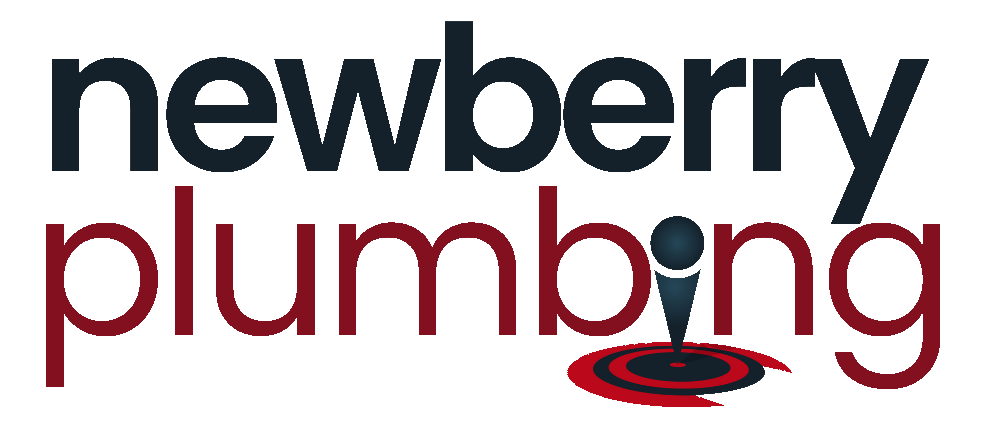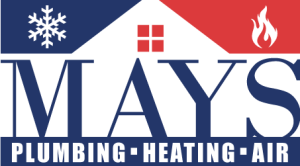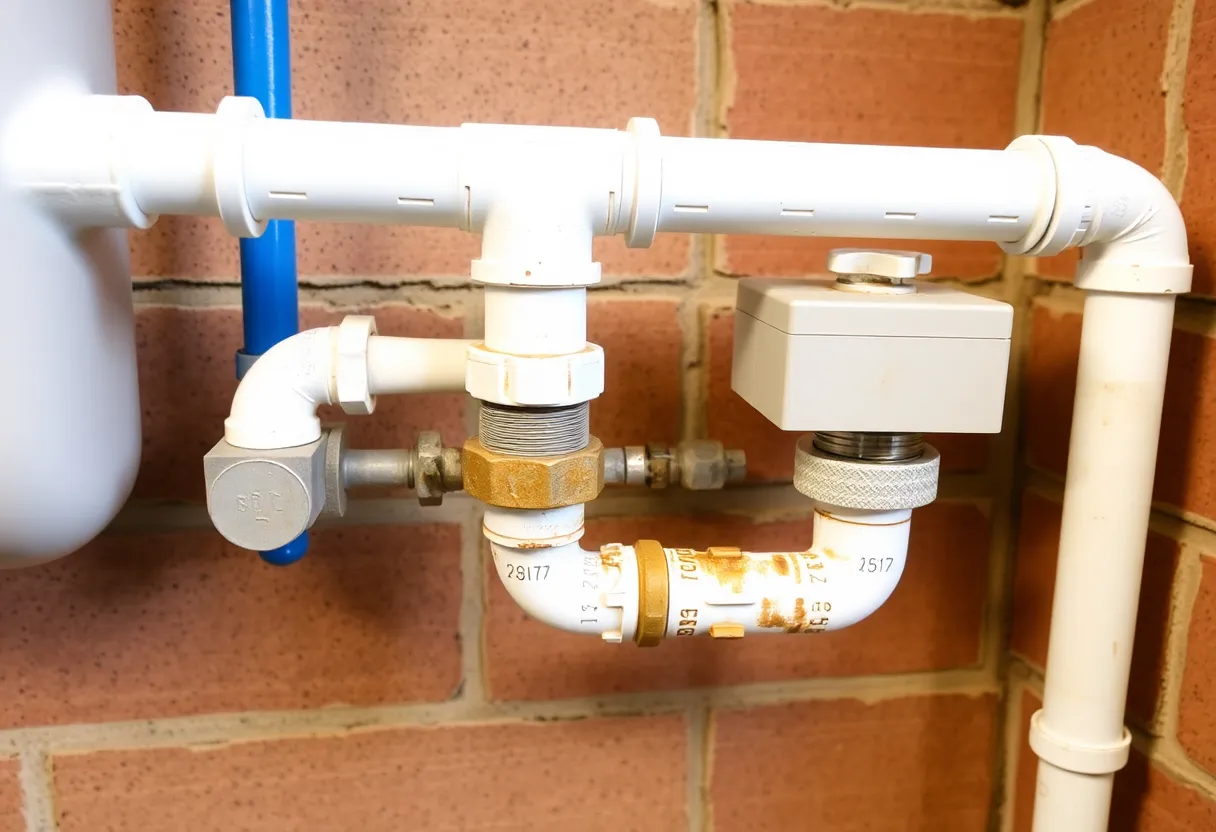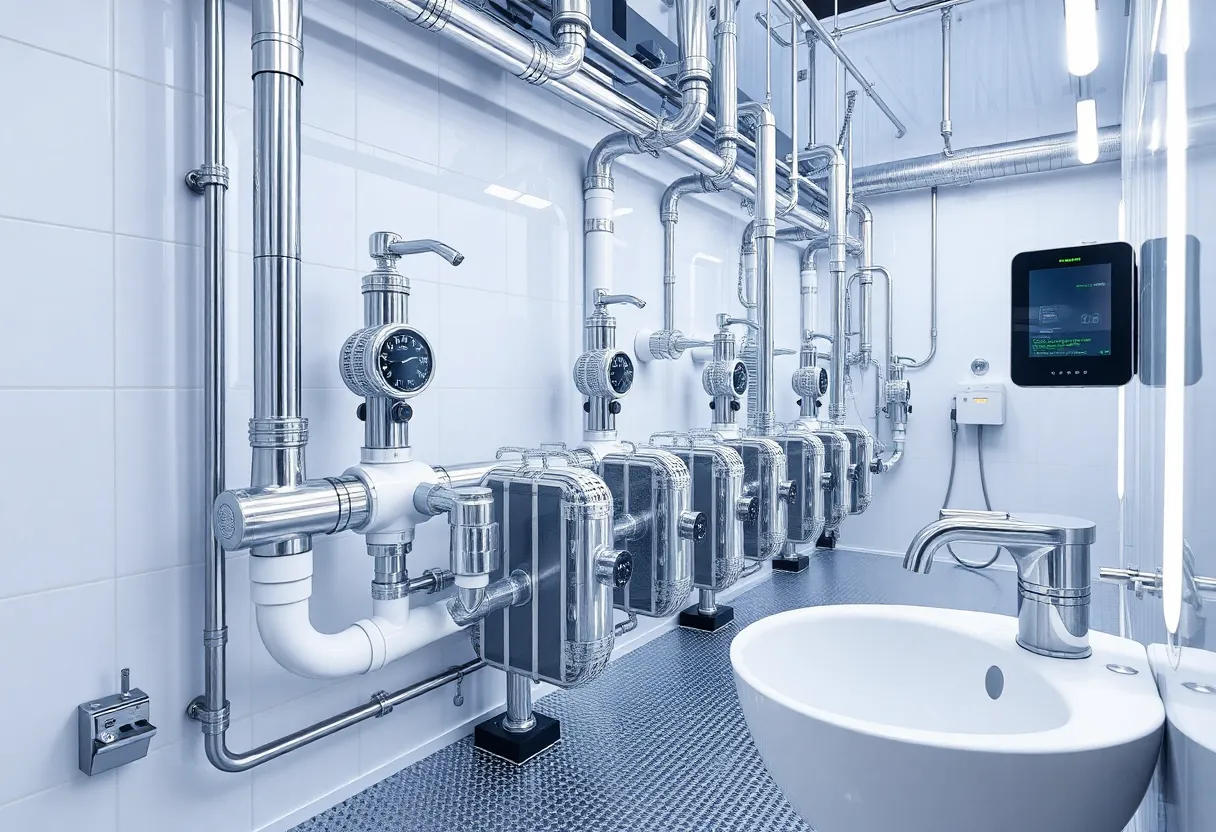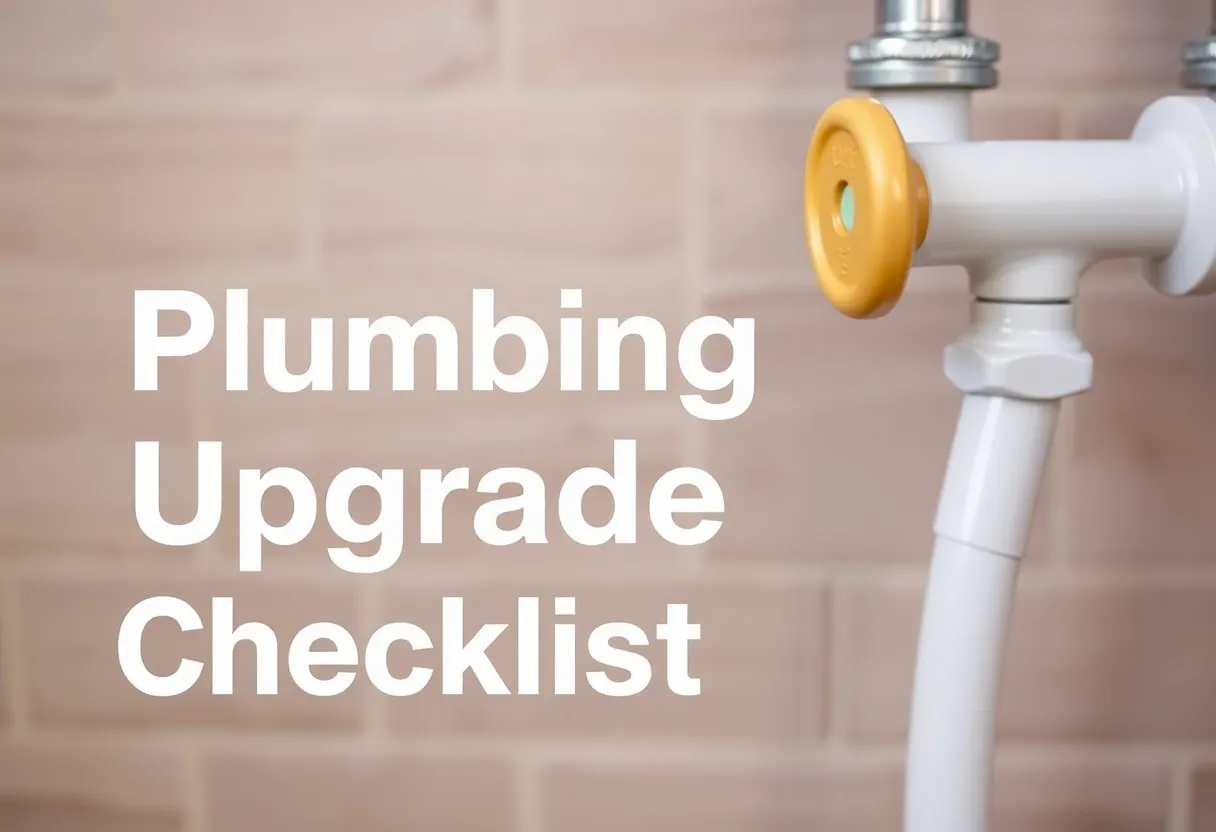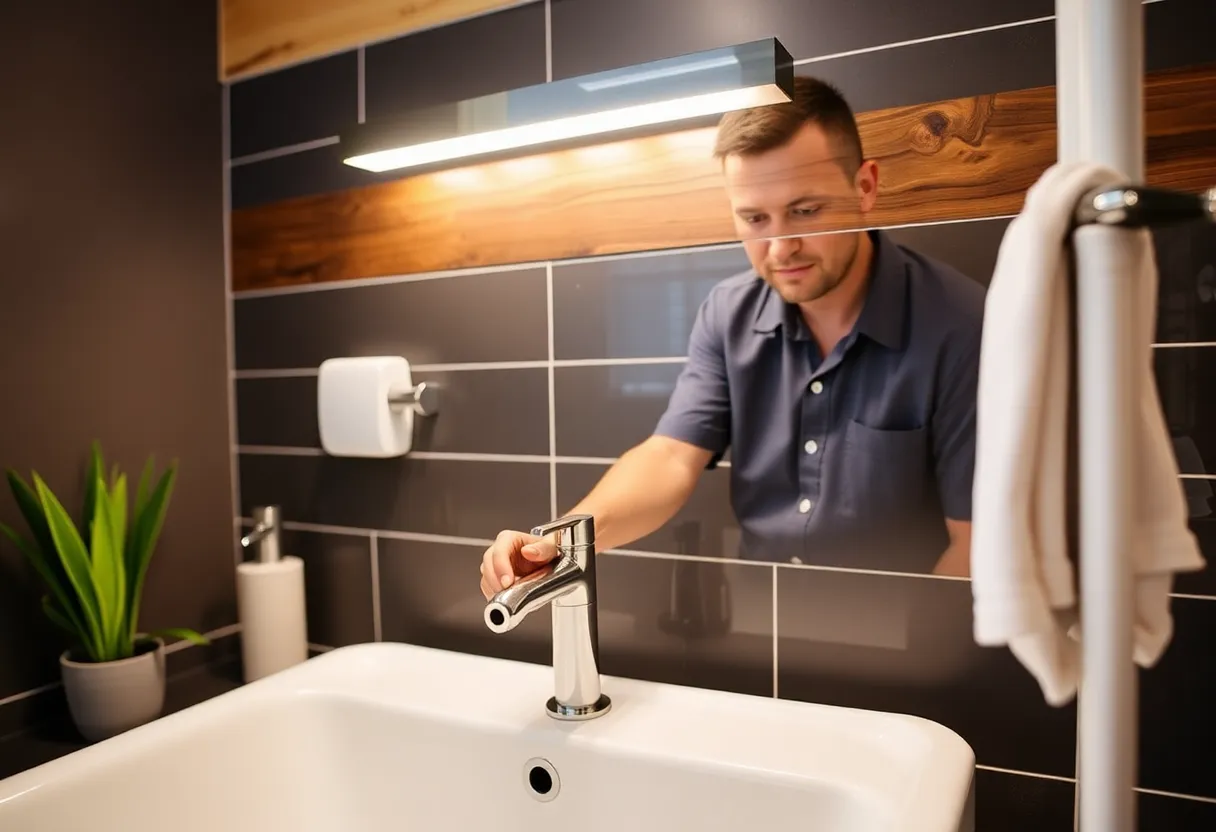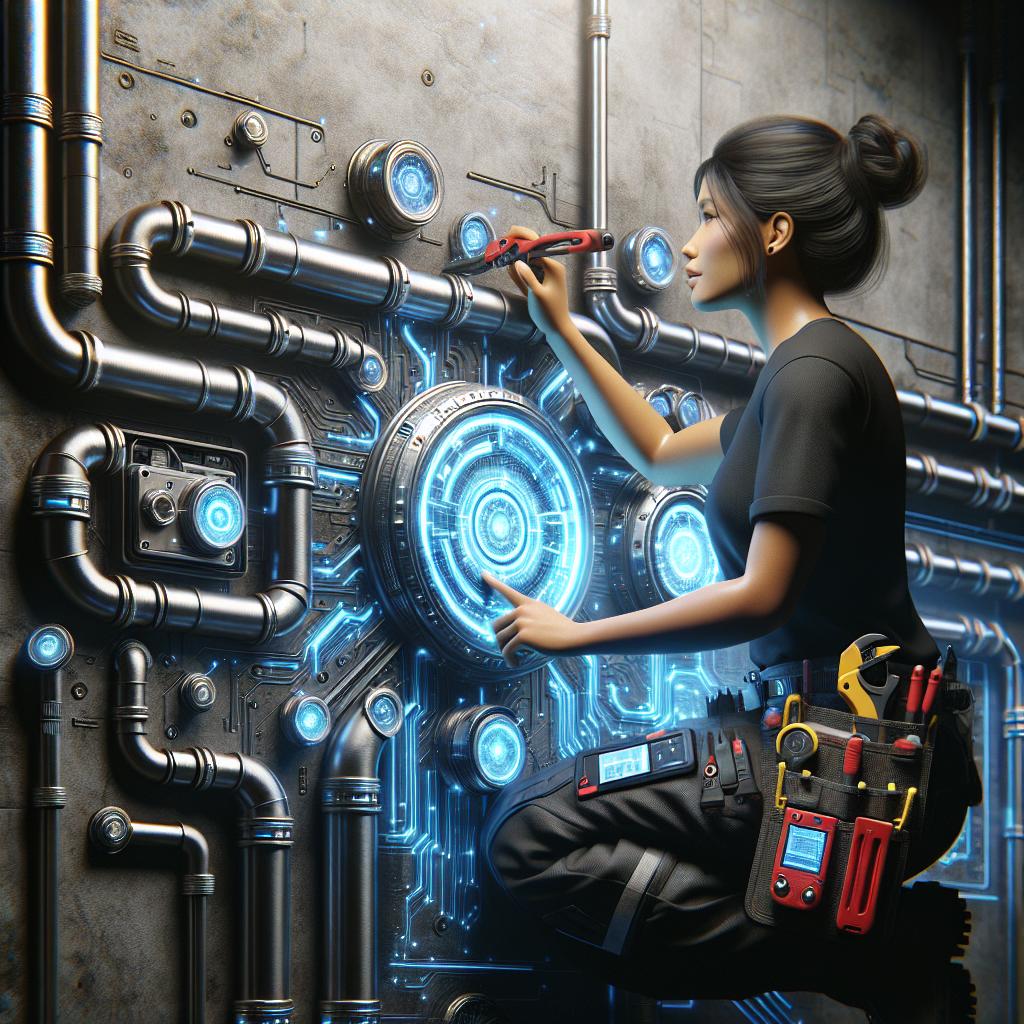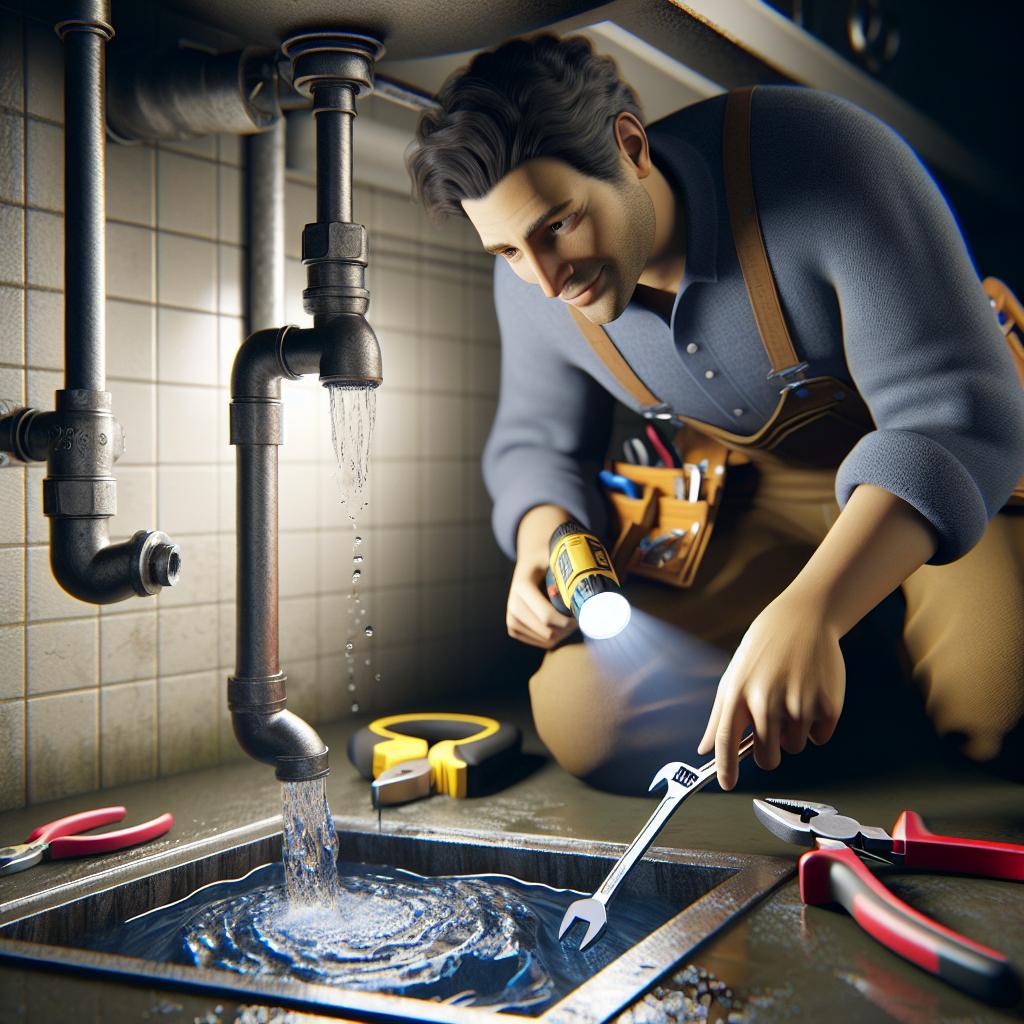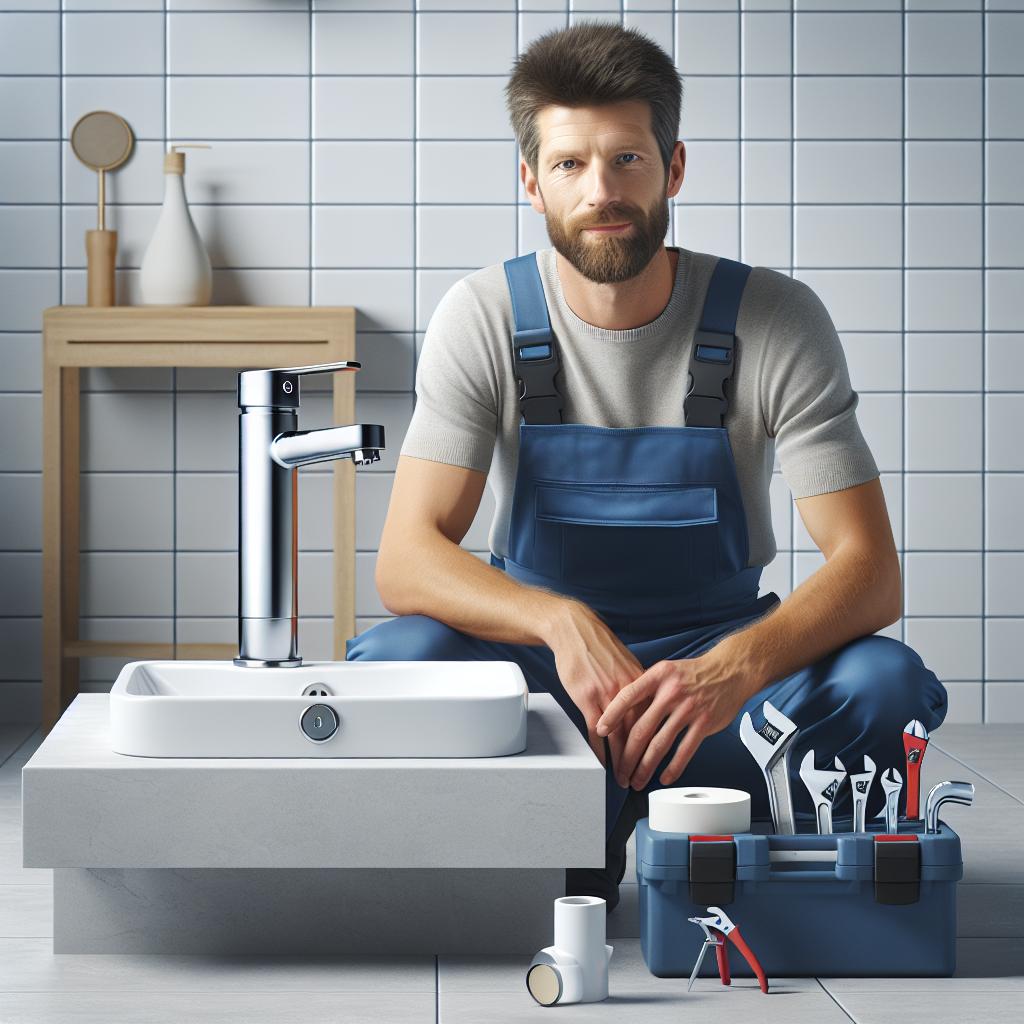The Plumbing Odyssey: 10 Essential Tips for First-Time Homeowners to Navigate Common Water Issues
Purchasing your first home is an exhilarating journey, akin to embarking on a great adventure. Along with the joys of finally having your own place come a plethora of responsibilities, including the often-underrated aspect of plumbing. Whether you’re looking into a charming Victorian or a sleek modern build, understanding the plumbing system is crucial for maintaining your home. This guide provides you with ten essential tips to help you navigate common water issues effectively.
1. Familiarize Yourself with Your Plumbing System
Know the Basics
Before you can solve plumbing problems, it’s vital to understand your home’s system. Most homes consist of two main systems: the water supply system and the wastewater system. The former brings in fresh water, while the latter removes waste. Get to know the pipes, fixtures, and layout of these systems.
Locate Shut-off Valves
Every homeowner should know the locations of their main shut-off valve and individual fixture shut-offs. In emergencies, these valves can save you from significant water damage. Take the time to test these shut-offs to ensure they work properly.
2. Keep Track of Water Pressure
The Importance of Water Pressure
Water pressure is crucial for ensuring that water flows efficiently throughout your home. If you notice that water comes out of taps slowly or dribbles from showerheads, you may have an issue with water pressure.
Monitor and Adjust
Using a pressure gauge, measure your home’s water pressure. Ideally, it should be between 40-60 psi. If it falls outside this range, you may need to consider adjustments. A pressure-reducing valve can help lower excessively high pressure, while a boost pump might be required for low pressure.
3. Regularly Inspect for Leaks
Spotting the Signs
Leaks can wreak havoc on your home and give rise to costly repairs. Check for signs such as unusual damp spots, mold growth, or a sudden spike in your water bill, which could indicate an undetected leak.
Perform Routine Inspections
Perform routine inspections of all plumbing fixtures, including toilets, faucets, and under sinks. Look for any signs of moisture or corrosion, and don’t hesitate to investigate further if you suspect a problem.
4. Maintain Your Water Heater
Water Heater Types
Understanding the type of water heater you have—whether it’s tankless, traditional, or heat pump—is crucial for effective maintenance. Each type has specific requirements for upkeep.
Flushing the Heater
It’s advisable to flush your water heater annually to remove sediment buildup, which can reduce efficiency and lead to damage. Follow the manufacturer’s guidelines on how to perform this maintenance.
5. Know Your Drainage System
The Importance of Clear Drains
Effective drainage is key for preventing water backing up into your home. Familiarize yourself with how your home’s drainage system works and ensure it is functioning well.
Unclogging Drains
If you notice slow drains, try using a mixture of baking soda and vinegar followed by hot water to clear minor clogs. For tougher blockages, a plumber’s snake can be an excellent tool. Always be cautious with chemical drain cleaners, as they can damage pipes.
6. Choose the Right Plumbing Tools
Essential Tools to Have
Equipping yourself with basic plumbing tools is essential for handling minor issues before they escalate. Consider investing in:
- Plunger: A must-have for any homeowner to tackle clogged toilets.
- Pipe Wrench: Useful for tightening or loosening various pipe fittings.
- Screwdriver Set: Used to remove and install fixtures.
- Tape Measure: Handy for ensuring you get the right size when shopping for replacements.
Safety First
Always wear protective gear, such as gloves and eyewear, when dealing with plumbing issues to ensure your safety.
7. Water Quality Matters
Testing Your Water
Consider having your water tested for contaminants such as lead, bacteria, and chlorine. Safe drinking water is vital for your health and well-being.
Using Filters
If your water quality is questionable, invest in high-quality water filters for your drinking water and consider whole-house systems to improve the overall quality.
8. Understand the Role of a Plumber
When to Call a Professional
While DIY projects can save money, some plumbing issues are best left to trained professionals. If you encounter complicated problems like severe leaks, pipe bursts, or sewer backups, don’t hesitate to call a plumber.
Choosing a Good Plumber
Research local plumbing services and check reviews. Ask for recommendations from friends or neighbors who have used plumbing services. Always ensure that the plumber is licensed and insured.
9. Plan for Seasonal Changes
Winterizing Your Plumbing
As winter rolls in, you’ll need to take steps to winterize your plumbing. This involves insulating exposed pipes, draining outdoor faucets, and ensuring that your water heater is set to efficiently handle colder temperatures.
Summer Preparation
During warmer months, check your sprinkler systems, hoses, and irrigation to ensure they’re functioning efficiently and not wasting water.
10. Stay Educated on Plumbing Practices
Consult DIY Resources
Take the time to read tutorials and watch instructional videos about plumbing best practices. You may find yourself more confident in handling minor repairs and understanding your system.
Community Resources
Consider attending local homeowner workshops or community forums for hands-on experience and advice. Sharing experiences can help you learn from others and avoid common pitfalls.
Conclusion
Understanding your plumbing system may initially feel daunting, but with these essential tips, you can confidently navigate the waters of homeownership. Remember that while DIY solutions are often viable, don’t hesitate to call the professionals for serious issues. Embrace this plumbing odyssey as part of your first-time homeowner journey, and you’ll find that it can be an enriching and rewarding experience.
